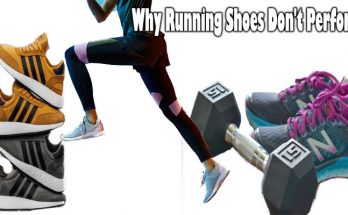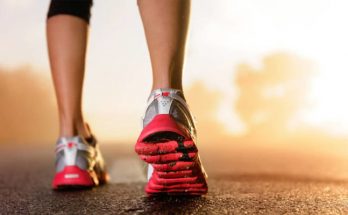Your personal operating profile: Goals, frequency, typical distances, present shoe choice and satisfaction stage with that shoe, present or previous damage, inserts used if any. If the extremely-low cost, $15 footwear don’t feel right, don’t sacrifice your consolation for economics. Inevitably, you’ll hear the term pronation when you’re within the firm of sports activities podiatrists, working retailer staffers, or veteran runners or coaches.
There are many materials that shoe firms put in their product, like high-finish gel inserts within the heel, or seamless interiors. Although they’re a uncommon breed, underpronators tend to have an inflexible foot (and sometimes a excessive arch, too), and when they land, their toes do not make a lot of a rolling-in movement. If you are looking at your foot, you’ll know you might have flat feet in case you do not see any arch.
Dr. Vincent wrote the ACSM information with her husband, Kevin Vincent, director of the University of Florida Running Medicine Clinic. For toes with regular arches: Choose a shoe with equal quantities of stability and cushioning to assist take in shock. We it is in the sneakers, the sneakers should fit snugly but not really feel prefer it’s completely constricting of the circulation in your foot. More than fifty four million Americans went working at least as soon as final yr, a rise of 32% in 5 years, in response to the Sports & Fitness Industry Association. Traditional trainers sometimes have a heel 12 to sixteen millimeters greater than the toe.
Support – These still have the same sort of cushioning applied sciences as impartial sneakers but along with this they’ve options to provide further assist and steering to sluggish and cut back over-pronation. Then you possibly can take a look at our in depth listings to find out which running shoe is right for you. The shoe should have a few thumbs’ width of space greater than the complete size of the toes. The footwear ought to have enough forefoot room that runners can wiggle their toes simply and should not have extreme cushioning, the guide says.
A forefoot striker (the wear and tear sample typically ends in a clean space around the ball of the foot) might have a shoe with loads of forefoot cushioning. Running sneakers needs to be changed 1-2 instances a 12 months for average use, and 3-4 instances for heavy use. Figure 2 exhibits the assorted components of a typical shoe as a way to establish the areas where you may need extra cushion.




